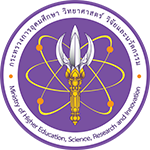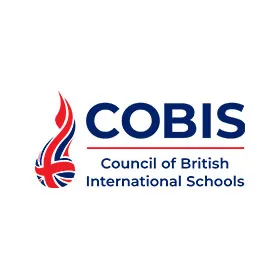The connected campus
Exploring how technologically-advanced universities use edtech to boost their offering for students, and what classrooms of the future might look like

Wednesday 28th February 2018
#connected-campus #connectivity #edtech #interactive-classrooms #universities
SHARE 

When it comes to ensuring that they offer students the best possible experience, today’s universities are no strangers to the potential power of education technology. From flipping the traditional sequence of teaching to offering a more engaging and interactive learning environment, the possibility to deliver a completely different type of pedagogy seems almost endless. But do experts think that technology is still proving successful in the classrooms of 2018 and do the experiences of universities across the UK continue to live up to expectations?
Interactive classrooms
With flipped learning, the traditional sequence of teaching is reversed and students engage with selected resources (such as learning content or quizzes on the VLE) before joining a virtual or face-to-face session to deepen their understanding of the topic. In HE, lecturers are continuing to utilise this edtech approach for the benefit of their students. As Sarah Knight, Head of Change, Student Experience at Jisc, providers of digital solutions for UK education and research, commented: “Encouraging collaboration and group learning develops the life skills students need to be productive team members in the workplace.
“Active and participatory approaches to learning gives students more control over their learning – they can highlight the areas they need further explanation of and discuss the concepts they find challenging – drawing on not only the knowledge of their lecturer, but also that of their peers.”
More and more of today’s classrooms are also being adapted to include interactive displays and whiteboards as students want to be more actively involved in their learning. And as the interactive learning space continues to grow, Craig Fairs, Director of Public Sector Sales at leading IT support and services provider MCSA also believes that the HE sector will start to see the benefits that VR and immersive learning can bring to the classroom. As he discussed: “Can you imagine being able to be part of the geography while studying it or partnering with a student in the part of the world being studied to get a more complete picture of the physical and cultural aspects of a country? The application of technology can bring new approaches to learning across all subject areas: whiteboards are just the start!”
.jpg)
University of Northampton Waterside
Connectivity concerns
When it comes to utilising the full potential of edtech and keeping up with student demand, it’s vital that universities have the appropriate IT and connectivity solutions in place. As Natalie Harris-Briggs, VP of Marketing at audio visual supplier Avocor, summarised: “We live in a connected world and students want to be able to use their everyday technology in the classroom. This can prove challenging as IT departments need to ensure they deploy technology which can integrate with multiple devices and platforms and is a critical factor in choosing platform agnostic solutions.”
When institutions began to utilise the BYOD (bring your own device) approach to learning, many issues surrounding connectivity were experienced. Despite there still being areas in the UK where suitable Wi-Fi is still not available, Craig Fairs believes these issues have started to be resolved, and that security is now more of a concern today. He commented: “Tools exist to offer safeguards, with ‘backup storage and disaster recovery’, however, as hackers and malware attacks do occur, it is worth seeking the guidance of your trusted IT partner. Losing an essay may be difficult, however, losing a whole year’s work as you run up to exams is a disaster!”
The experiences of students
In 2017 Jisc launched their ‘Student Digital Experience Tracker’ survey, where they heard from more than 22,000 students and learners from 74 UK organisations and 5,000 students from 10 international universities. From the 22,000 students they received responses from, Sarah Knight said that attitudes towards digital technologies are generally positive, students value the convenience and flexibility that technology can provide and that using it does not make them less likely to attend class. She also believes that universities need to ensure that all staff have the digital capabilities to fully utilise the transformation benefits that technology offers. Discussing the findings of the survey in more detail, she commented: “Seventy per cent of HE students agree that when digital technology is used on their course they are more independent in their learning and can fit learning into their lives more easily, whilst 80% of HE students agree that submitting assignments electronically is more convenient.
“More learners felt that their institution’s digital systems (like the VLE and e-assessment system) were convenient than those who felt they were enjoyable, provided them with better feedback, or helped them avoid plagiarism. This suggests that learners notice the convenience of digital systems ahead of their potential learning value: they identify with the transactional benefits, but are not yet fully harnessing the transformational learning potential.”
In the same way that technology never stands still and is constantly evolving, Ian Fordham, Director of Education at Microsoft UK believes that education must follow the same example in order to meet needs and wants of students, or they risk falling behind – something that they really can’t afford to do. Discussing his thoughts, he said: “To get ahead and stay ahead, universities across the country must continue developing styles of teaching that reflect the modern-day student, in industry and in the open source community.
“Moving forward, universities must be more connected, collaborative and accessible than ever before. Only then, will they succeed in educating and empowering future employees to overcome the challenges of tomorrow’s world.”

Southampton Solent University
How are some of the UK’s top HE institutions currently using edtech to their advantage?
The University of Northampton has been creating an ambitious and visionary £330m campus development which supports the strategic change to facilitate what it calls ‘active blended learning’ or ABL.
ABL provides a different learning environment where students play an active role and are given the opportunity to engage in a variety of ways in and outside the classroom, in the field, in the lab, in the studio and in the workplace. Those study modes are fully integrated into a proper blend, not different strands of a course running in parallel.
The new Waterside campus fuses face-to-face teaching and support with digital resources, purpose built with an intelligent technology infrastructure which supports staff and students to work in the same way from any location without compromising the ability to interact with each other whilst ensuring the security of information. For example, campus-wide high-speed Wi-Fi (including guest access) provides ultimate mobility and openness through anytime, anyplace, anywhere access to the University’s digital services and data analysis capabilities provides deep insight-driven intervention to enhance student engagement, experience and progression.

Jisc’s Sarah Knight
Southampton Solent University has invested £33m in a revolutionary new building. ‘The Spark’, is designed to provide innovative teaching, events and conferencing spaces.
Saville Audio Visual was contracted to design and equip the entire building, including 35 classrooms, five lecture rooms, interactive study spaces and a professional conference and exhibition space. One room that was particularly challenging was the below ground level lecture theatre, Palmerston Theatre. In a departure from standard ‘raked’ seating, the Palmerston Theatre is a Harvard-styled environment arranged in a horseshoe design to promote group working.
The answer was found in the Epson EB-L1100U 6,000 lumen laser installation projector. Osama Khan, Director of Learning and Teaching at Southampton Solent University says that the Epson projector was able to solve the solution “by bypassing the presenters/teachers, and its compact footprint allows teachers and presenters to interact with their audiences in the way the space was intended.”
Oliver Holmes, Deputy Director of Technology and Operations at London Metropolitan University, is involved with a project to transform the way teaching is delivered across London Met and using technology to make learning more interactive and collaborative.“We live in an interactive world and our students have told us that they want to be active participants in their learning,” explained Holmes. “As a central provider of IT and AV to the University, we understand technology and how to deploy solutions that can help deliver collaborative environments, whilst our teaching faculty are experts in their own subject fields. Our challenge is to choose the right type of technology that can be easily adopted by our staff to create a learning environment which facilitates collaboration and communication. We knew we were looking for some sort of interactive display technology; some of our classrooms did have projector and whiteboard technology installed but we wanted to look at the very latest advances in technology within this space. We visited the BETT show in 2015 and saw the solution from Avocor. The overall look and feel of the display was exactly what we were looking for.”
We are proud to have University Business on board as a media partner.
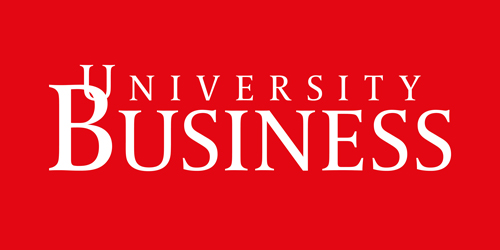
.png?ext=.png)

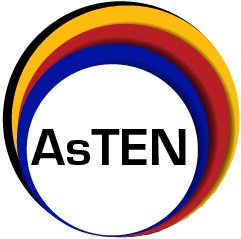
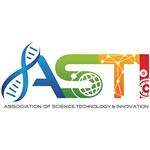




.png?ext=.png)




.png?ext=.png)
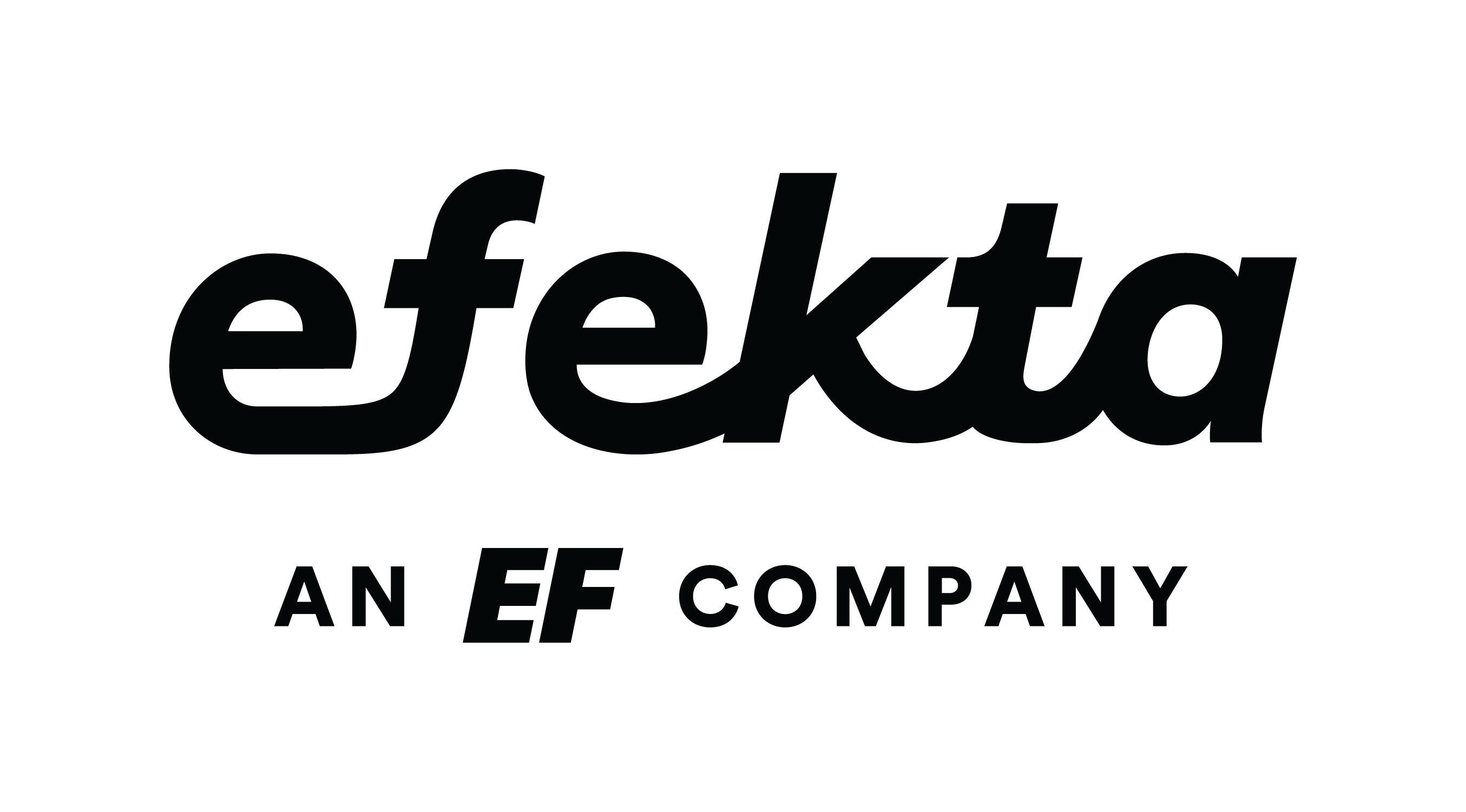


.png?ext=.png)







.png?ext=.png)

.png?ext=.png)

.png?ext=.png)



-4000px-(2).png?ext=.png)
